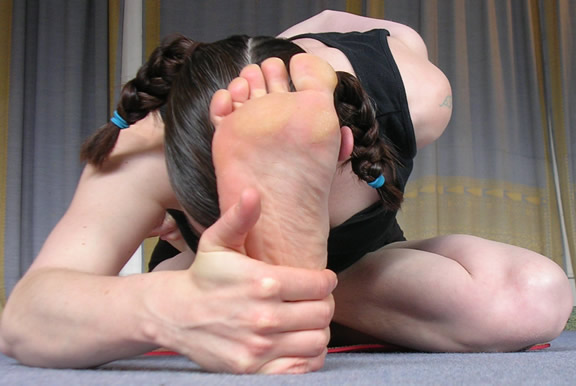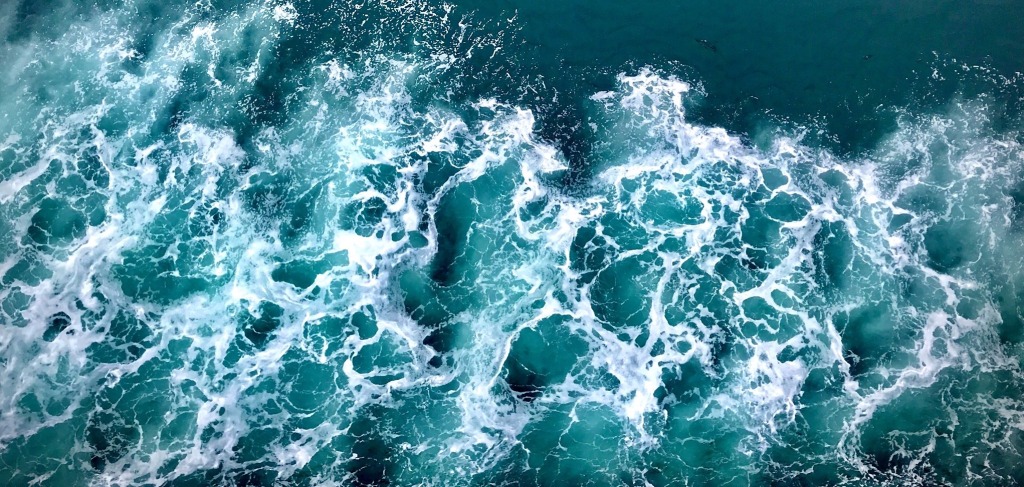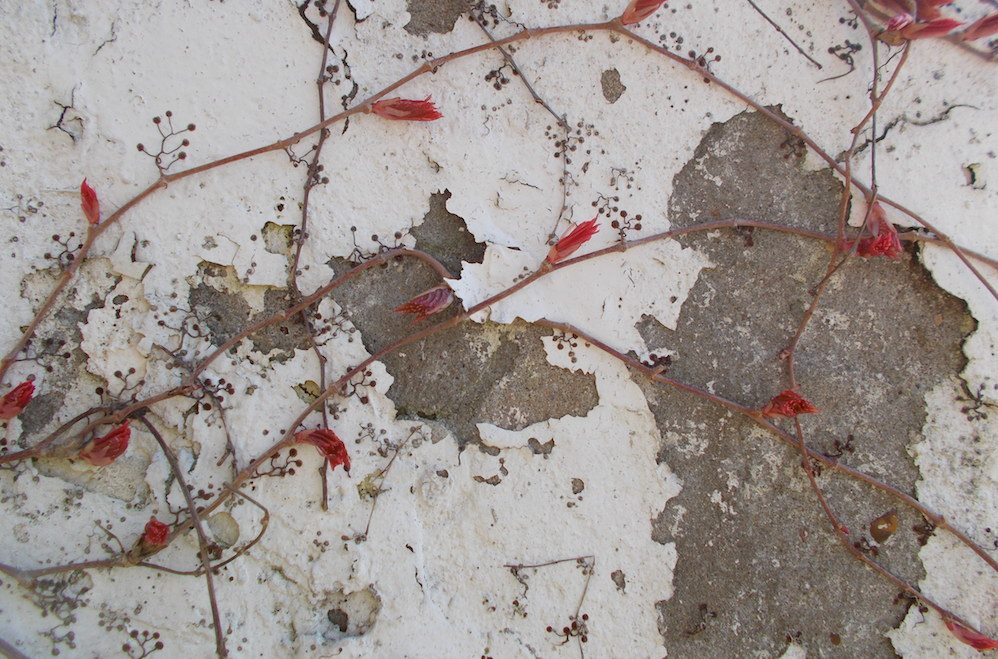At Stillpoint Yoga London, where I practise, it’s been getting busy lately, which has prompted a rearrangement of the mat layout. The way the mats were before, I could be pretty much anywhere in the room and have my back to a wall and the door in my sightline, and I could see everyone in the room. There was no unpredictable movement behind me and no surprise engagement with teachers. None of this is so any more.
When I first arrived at Stillpoint, I think perhaps some time in 2011, I’d been practising alone for the previous few years.1 My longtime teacher had moved away from astanga, and my other trusted teacher in London was too far away to get to for early-morning practice. It was also clear to me that in the context of a teacher relationship I was not able to articulate – or most of the time even feel – my own needs or clearly hold my own boundaries. At that point, I had also recently become aware that I was in a state of ongoing low-level traumatic stress, and I had started to find ways of creating a more fluid and responsive relationship between sympathetic and parasympathetic nervous systems, but I didn’t yet have any useful awareness of autism and I didn’t understand why it was that that the cat had got stuck up a tree and needed the fire brigade to get it down.
So in 2011 or thereabouts, just stepping into the room at Stillpoint felt like – and was – a huge risk. It was possible because Scott told me he was willing to have me practise without offering any teaching or adjustment. He did what he said, so there was a basis to trust the situation, and we started from there.
•
Most people don’t notice that I’m communication impaired, but I really am. Several years ago, I lived for a while with an autistic partner. We started out on opposite sides of the Atlantic, so we did a lot of emailing. But even when we were sharing the same house, we continued to email each other when we had something important to say, or just because we wanted to. When I told neurotypical people about this, they often thought it was funny, but many of us on the spectrum communicate a lot more easily in writing than in speech. It’s called hyperlexia. My capacity to think verbally, and then actually to articulate the words, has increased exponentially over the years, but there are still woolly, strawy things that get stuck in my mouth and will not enunciate. Incapacity to speak creates panic, and panic creates more incapacity, which creates more panic … and in extreme situations I can end up completely mute.
I was reading an article earlier this week called How to Explain Autism to People. The article lists several communication differences of autistic people, but I was particularly struck by this one, as it’s very significant for me and I’ve never seen it named before.
• Difficulty expressing needs and desires.
And it occurred to me that when it comes to self-advocacy, this one is such a double whammy.
Self-advocacy is hard. It requires a big vision and a willingness for something like delayed gratification, because in the short term it’s much easier to suppress, hide, conform and look as if you’re coping – don’t rock the boat: the sharks are out there circling – than it is to acknowledge and communicate real feeling. But I know from experience the cumulative effects of decades of containing and managing and never expressing a need or asking for help. it’s a world made of of hard surfaces. You shut down. You become a series of infinitely smaller images receding inside yourself. I have made a commitment not to do that any more, because it’s highly self-destructive, and I actually want to inhabit myself fully and openly, not fizzle like a Disprin or go away and live in a cupboard. This means, one, that I can no longer ellide my difficulties; I can no longer look obliquely and think I’m doing OK; and, two, that I have to find ways, ongoingly, to communicate my actual experience to other people and negotiate for what might make things a little more workable.
Which is why, even though I didn’t want to do it, some kind of communication around the New Mats at Stillpoint felt like a necessary act of presence. As in: I could (a) sit down and shut up and erase myself a little bit further or (b) actually speak something that feels true. So I did (b), I’m not sure whether well or appropriately (this kind of ongoing self-doubt is part and parcel of being autistic and therefore not very atuned to social cues) – or actually what doing it ‘well’ or ‘appropriately’ would look like. I don’t know yet what, if anything, I need to emerge in this particular situation in practical terms. But I think none of that really matters if there’s a genuine mutual intention to deepen relationship and expand understanding. Relationship is always kind of clunky, and it’s process, not a resolution.
If I looked disabled, I think in some ways advocating for myself would be easier. I often feel as if people think I’m making it up. Sometimes even I feel as if I’m making it up. I’ve written a lot already about passing. Studying and mimicking neurotypical communication styles became a survival mechanism for many of us with autism before we were old enough to be cogniscent of what we were doing. Passing is a form of self-displacement – we pass successfully when we cannot be recognised as ourselves – and it’s invidious. It also generates a state of chronic anxiety. We’re always waiting for the mask to slip, and at some point it inevitably does. The sanction for slippage is public humiliation and being left out on the mountainside for the wolves.
I’m actually rather good at passing, but it’s that cupboard again, and it’s small and claustrophobic. At this point in my life I’m choosing instead to cultivate my capacity for agitation and crying and losing the words and letting all the joins show. It feels like an honest and direct way of talking to you that I think some of you can understand.
Or, at least, I’m trying. It’s like restoring an old work of art. I no longer know really whether this bit of the picture was originally blue or green. I’m lifting off tiny flakes of paint one by one with tweasers, but the painting is so old to me now that I don’t always recognise the original any more. I don’t know how I really speak, or when I don’t, or whether that is a distant clutch of trees or there’s a bird, or is that an accidental splodge or a much later traveller another artist entirely painted in?
The elemental force of my reaction to New Mats was huge and overwhelming and barrelled in completely left field. It picked me up and shook me around, and I had no idea when it was going to put me down or whether it has yet. Fundamentally, though, I trust the relationships I’ve developed with Scott and with Andy enough to risk letting myself be. One of the themes of my writing lately has been saying thank you to people who hold space for me in the realms of the body and somatic process, so I want to say thank you – very much – to Scott and Andy. I’m way beyond grateful when someone is willing to stay with me and witness what’s evolving, even when it’s itchy and antsy, because if it’s real, it often is. For me, teaching yoga isn’t so much about instructing asana as it is relational. We are all learning how to be more fully and honestly with ourselves, with each other and in community, whether in the moment we are in the role of teacher or of student. At Stillpoint, this feels embodied in the teaching and in the relationships within and around the shala. And that’s why, even though I don’t like New Mats, I’m trying to work with them.
 Stillpoint: Old Mats. I am foreground right. © SYL.
Stillpoint: Old Mats. I am foreground right. © SYL.
- There’s a lot of essential learning in being your own teacher that you can’t get any other way. I wrote about it here.







 What’s difficult about writing for a public space – so difficult that I rarely do it – is creating form and structure. Form and structure are really protective distance – between me in the nakedness of the experience and the person reading about it. I’d much rather sketch, in a few scant lines, but going straight in, deep. I’d rather silk spooling out of spinnerets, easy, casual, letting myself down, winding myself up, and down again. But it’s exposing.
What’s difficult about writing for a public space – so difficult that I rarely do it – is creating form and structure. Form and structure are really protective distance – between me in the nakedness of the experience and the person reading about it. I’d much rather sketch, in a few scant lines, but going straight in, deep. I’d rather silk spooling out of spinnerets, easy, casual, letting myself down, winding myself up, and down again. But it’s exposing.

 Philippe Petit wire-walks between the Twin Towers
Philippe Petit wire-walks between the Twin Towers